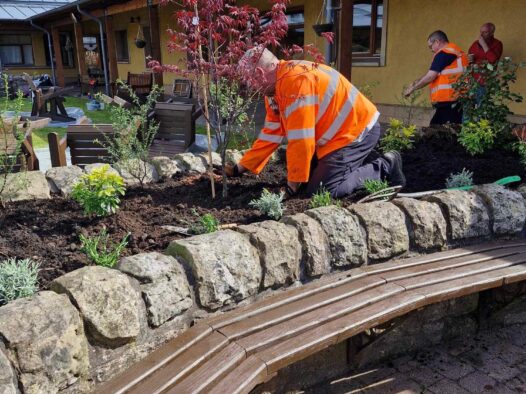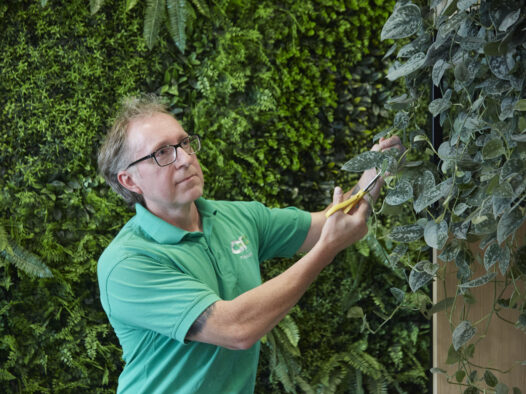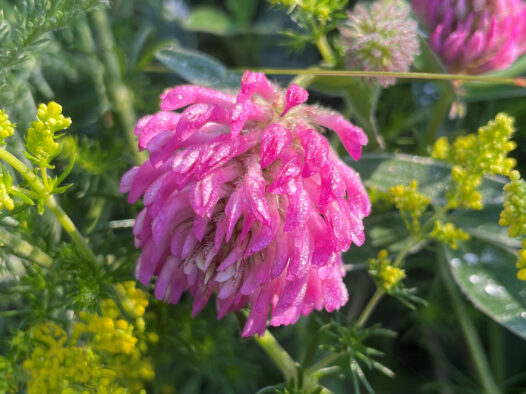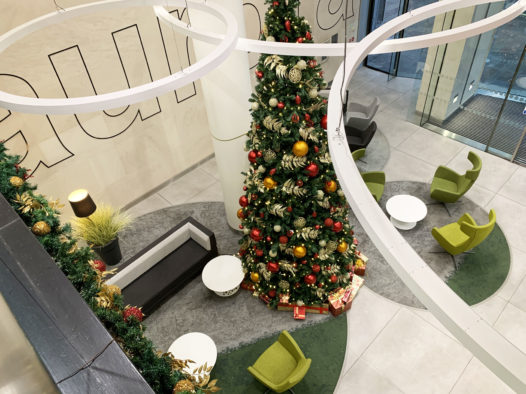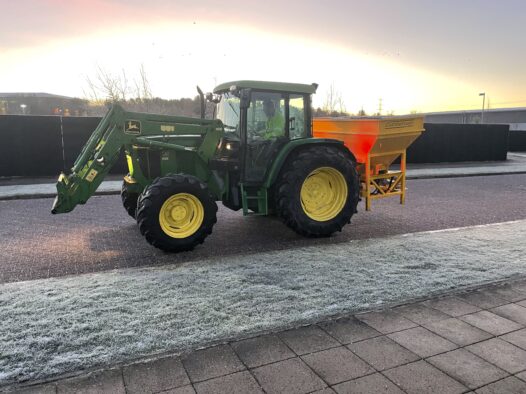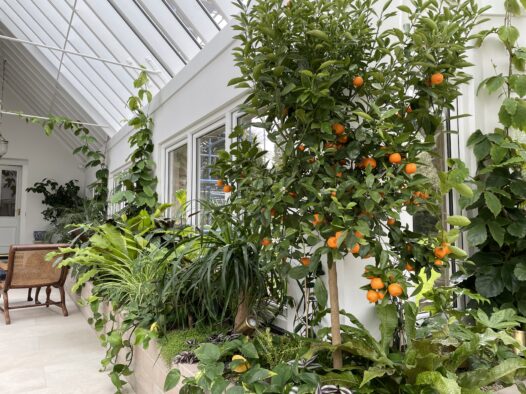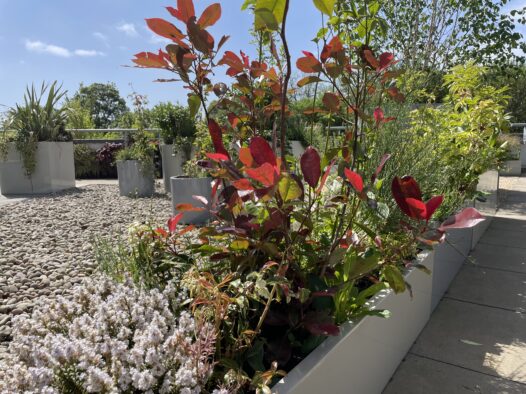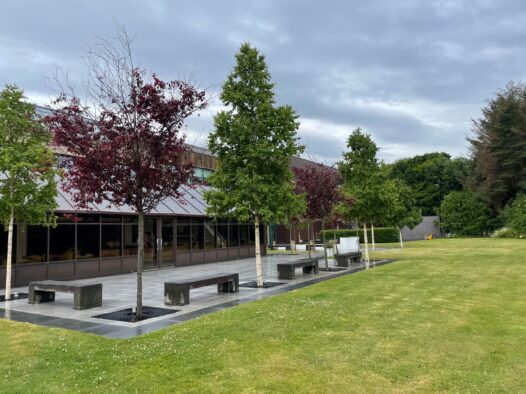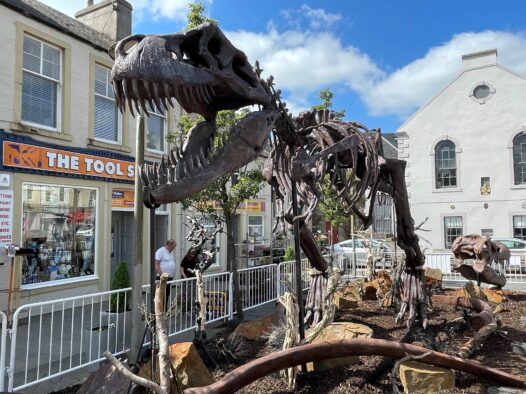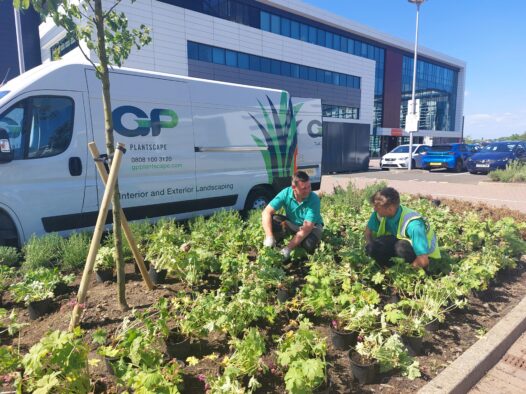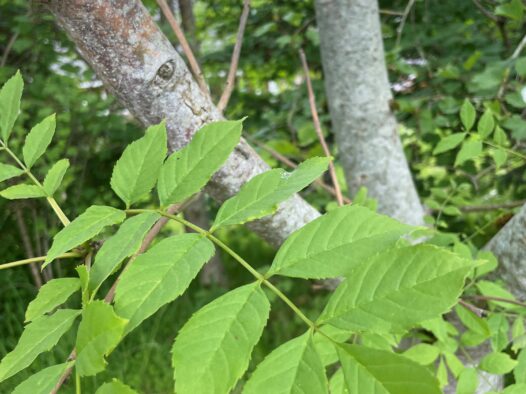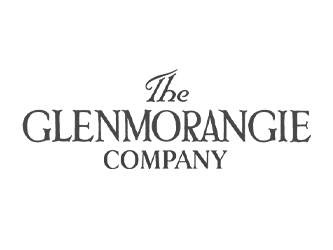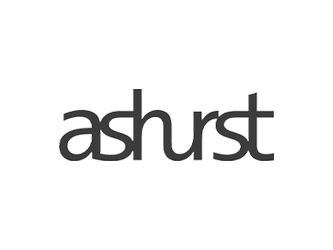A simple way to improve your businesses green credentials is to incorporate bee friendly plants into the exterior landscaping scheme.
Over the past 100 years, bumblebee populations have been declining. Two species have become extinct and a further eight are categorised on conservation priority species lists according to the Bumblebee Conservation Trust.
Bees are struggling to survive primarily due to urbanisation inducing loss of habitat and chemical pollution, driven by our demand for cheap, perfectly shaped food in large quantities.
But by planting flowers rich in pollen and nectar, you can provide critical food sources for the distinctive insects and help sustain their populations, in turn increasing your organisations impact on environmental sustainability.
Bumblebees are important pollinators of plants and play a significant part in producing the food that we eat, such as tomatoes, strawberries, and apples. If our bee populations are not supported and maintained the cost of pollinating crops will rocket and will lead to a hike in food prices.
Many wildflowers also rely on the bees for reproduction; therefore, the range and profusion of species will suffer due to the reduction in bee populations, impacting important food sources for other insects, birds and mammals.
The critical feeding period for bees is from March through to October, so it is important to consider growing a range of plants which will flower in different seasons and provide a constant food source throughout these months.
A comprehensive list of plants to get your landscape buzzing can be found on the RHS website, but we’ve picked out a few, particularly suited to commercial exterior landscape environments.
Spring
Hebe ‘James Stirling’
There are many different varieties of hebe, and it can be difficult to tell some of these apart when the evergreen shrub isn’t flowering. While many will bloom in summer through to autumn, ‘James Stirling’ will sport small, white flowers in late spring, providing an early source of pollen and nectar. Its dense foliage, which is low, and spreading is ideal for commercial landscapes, providing good coverage and requiring relatively low maintenance.
Ceanothus ‘Blue Mound’
Also known as Californian Lilac, this beautiful shrub is another spring option bringing early colour to the landscape with lots of small, bright blue flowers to provide a food source for bees.
Summer
Spiraea Japonica ‘Firelight’
Bushy and hardy yet again, this plant will add colour all year round as its foliage changes from dull red to bronze in the spring, green in the summer and reddish purple in the autumn. The bees will flock to its small pink flowers in the summer to boost your sustainability rating.
Summer – Autumn
Salvia nemorosa ‘Caradonna’
This bee magnet produces spiky, violet, nectar rich flowers throughout the summer. While hardy it does prefer a sunnier spot than some other plants featured here.
Honeysuckle (Lonicera)
The fragrance and sweet nectar of this well-known plant are wildly attractive to bees, so if you have an area in your exterior landscape suitable for a climber, such as a fence or trellis, in a relatively sunny spot then the honeysuckle will be an ideal addition.
Autumn – Winter
Heathers
While bees will be hibernating during the winter months, adding heathers to your shrub beds will ensure there is a food source to entice bees in all seasons. A mix of varieties will provide shades of green all year round and a medley of flowering colour.
Bees remain stay relatively locally to their nests and require many flowers to sustain their populations, so by developing a bee friendly landscaping scheme on your commercial property you will be directly contributing to the sustainability of your immediate environment.
For more information on getting your exterior landscape buzzing, please contact us on 0808 100 3120 or email enquiries@gpplantscape.com.
Latest News
and plant care tips.








